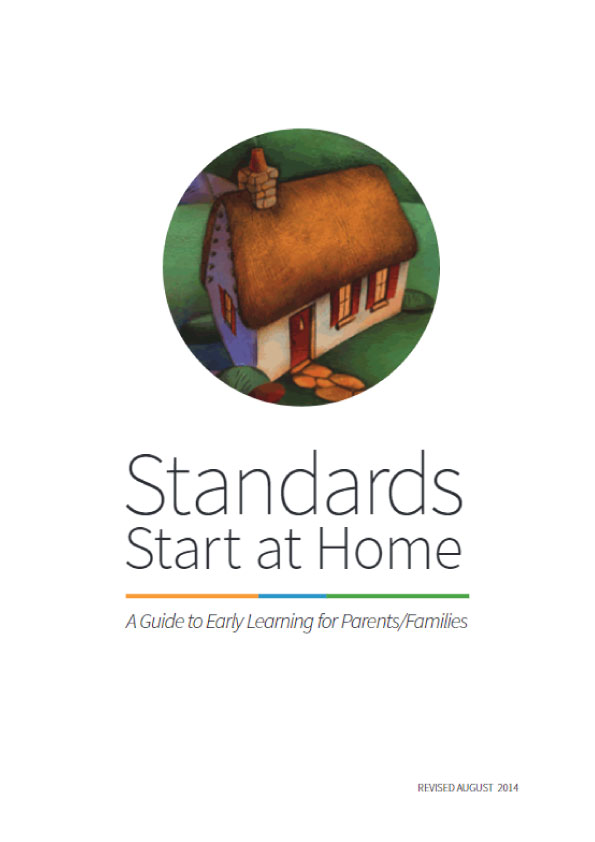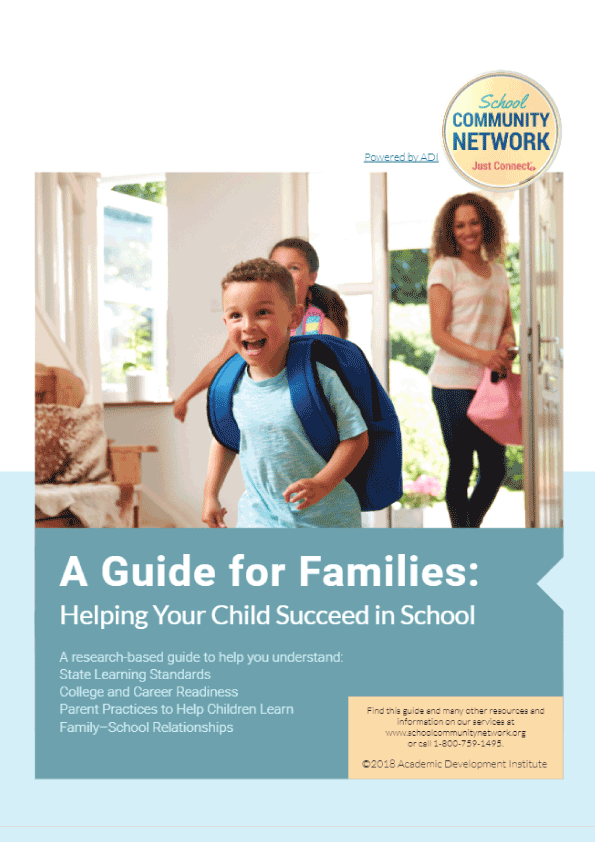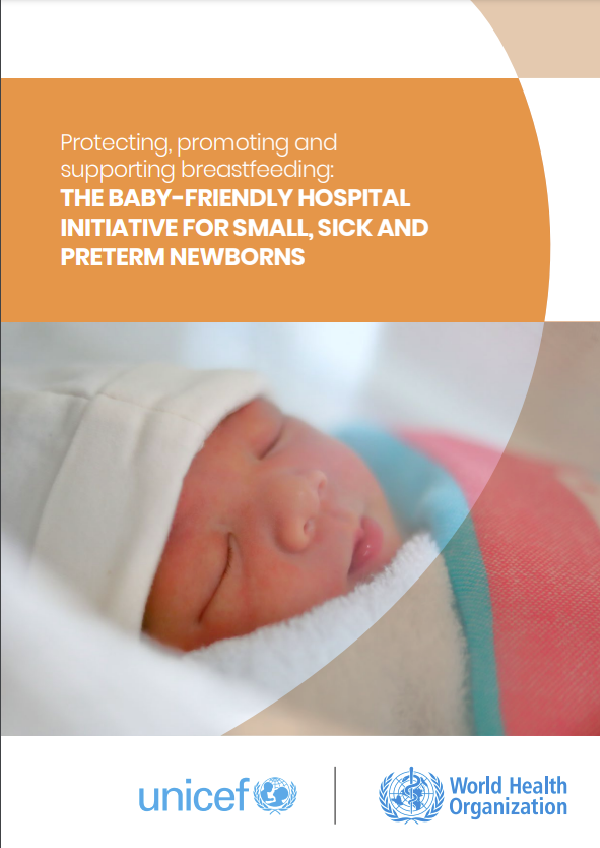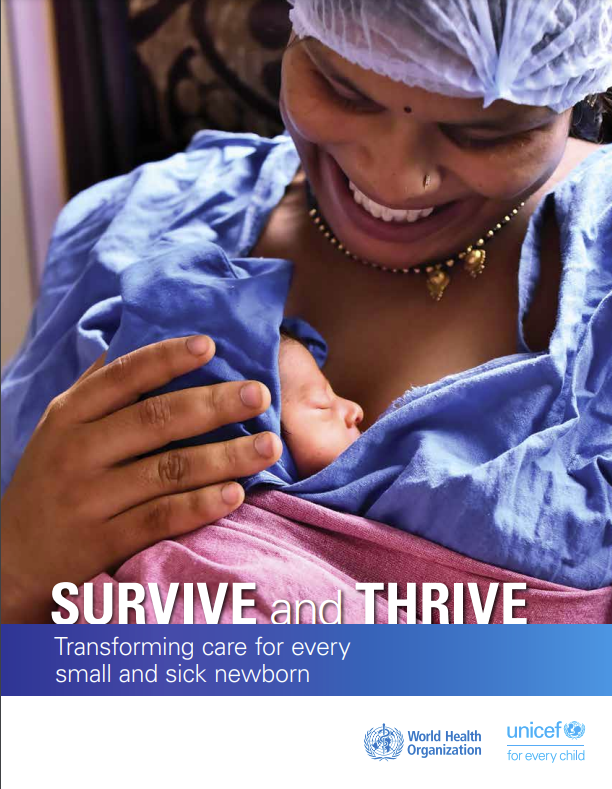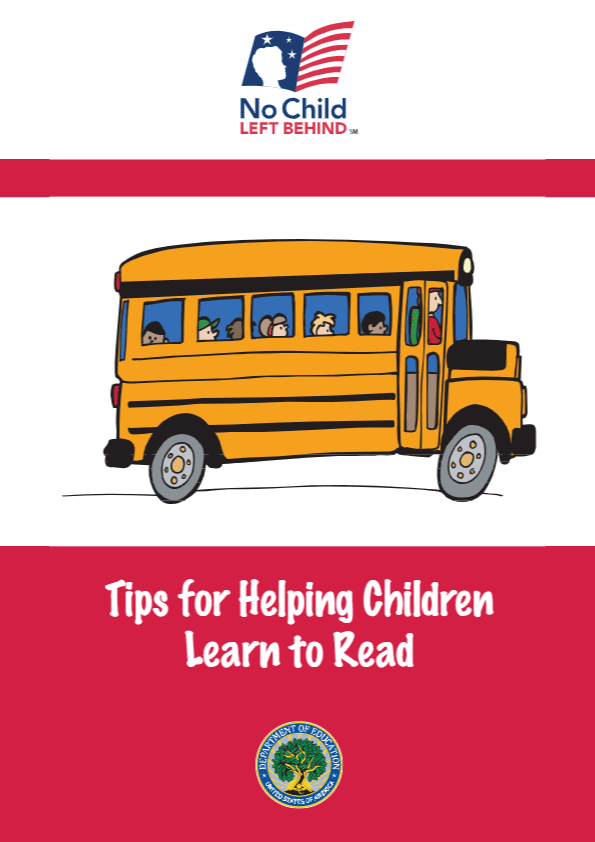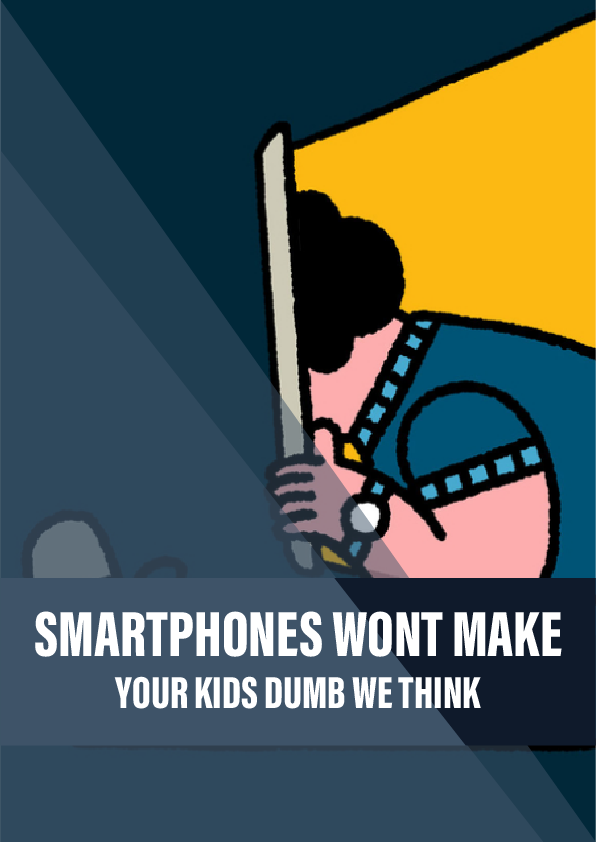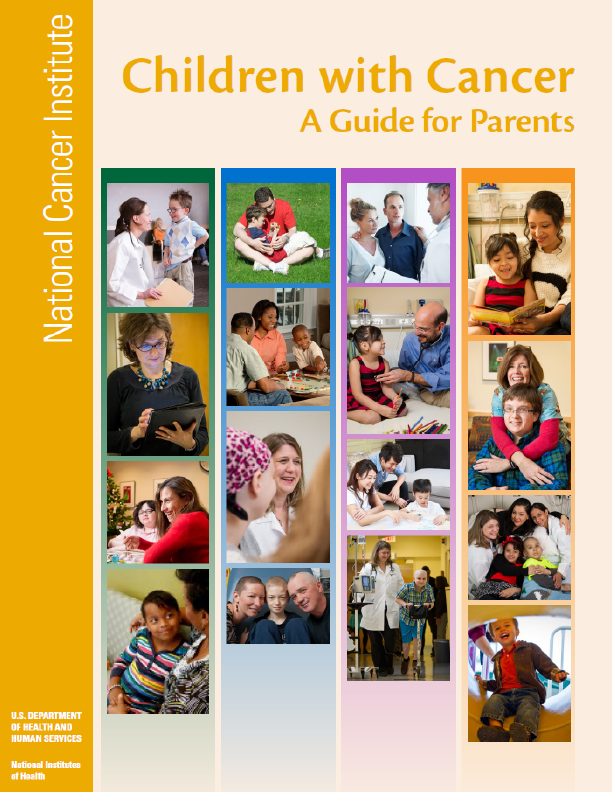Introduction
Many parents wonder what they can do to ensure that their preschooler will be successful when she enters school, especially now with so much emphasis on state testing and learning standards. Through play and everyday activities such as cooking, cleaning, and grocery shopping, your young child is acquiring the information and skills needed to learn more difficult skills, including how to read, write, and solve problems. This guide is meant to help you understand that the lessons necessary to meet state learning standards begin in the home with your child’s first and most influential teacher: YOU!
What does it mean to be ready for school? The Illinois Early Learning and Development Standards (IELDS) were developed in collaboration with key Illinois stakeholders in the preschool education field. These standards are for children 3 years old to kindergarten entry. Preschool teachers use these standards to plan lessons and to share progress with parents. The Early Learning and Development Standards are based on the same learning goals and designed in the same format as the Illinois Learning Standards for kindergarten to grade 12. Because the Early Learning and Development Standards parallel the K–12 standards, there will be consistency for children as they move from preschool to elementary school. The Early Learning and Development Standards cover eight content areas: language arts, mathematics, science, social studies, physical development and health, the arts, English language learner home language development, and social/
emotional development.
These standards are not to be used to determine if a child is “ready” to enter kindergarten, but they serve as goals for adults to use in supporting the development of preschool children. This guide will provide information, tips, and activities for each of the learning areas. All the activities are things you can do easily and are fun and low-cost. As you do these activities with your child, please remember:
- Children learn best through play and hands-on experiences.
- Children are individuals and develop at different rates.
- Children have strengths in certain areas.
- Development in one area influences development in other areas.
- The child’s interests drive learning.
- Learning takes place in the context of the child’s perspective.
- Learning takes place in the context of relationships.
For more information on child development, early learning standards, and more resources for parent-child activities, please see the Web resource list and references at the end of this guide.
Illinois Early Learning and Development Activities
Early Learning Area: Language Arts
Language development
Right from birth, talk clearly to your child to help prepare him to read. Listening to your child is important, too. Let him ask questions, tell you stories, and respond to your questions. Playing with the sounds of language will help him prepare for reading. Studies have shown that playing with rhymes and sounds is an important part of reading success. Remember that children develop at different rates, but don’t wait to seek help if your child is having trouble speaking.
Often, getting help at age 2, 3, or 4 allows a child to catch up with others her age before she enters school.
Tips for developing language skills
- Talk about things your child likes and ask questions.
- Give directions in small parts.
- Help him make up words that rhyme, for example, “dog, fog, hog, log…”
- Sing the ABC song and other songs that emphasize rhymes, such as “Twinkle, Twinkle, Little Star” or “This Old Man.”
- Learn a tongue twister together (e.g., Peter Piper picked a peck…).
- Help your child figure out answers on her own; sometimes you can help her understand something new by reminding her of something she already knows.
- Encourage your child to talk with others (“Tell Grandma what we did today”).
Prereading
One of the most important skills your child can learn to succeed in school and life is how to read. Although children don’t usually learn to read before they enter school, they do learn the pre-reading skills they will need in kindergarten. Three of the most important things your child needs to know before he can learn to read are:
- That printed words mean something, and that pages in books are read from top to bottom and from left to right.
- The names of the individual letters of the alphabet.
- Words are made up of individual speech sounds
Tips for reading with your child
- Read with your child often! Offer a variety of books (use your local library).
- Run your finger along the words so she sees you are reading from left to right.
- When reading, stop and ask, “What do you think will happen next?” Help him predict what will happen next using the pictures or what’s been read.
- Encourage your child to “read” a favorite story from memory. Have your child make up a story to go with the pictures.
- Ask simple questions about what the child read (or heard being read).
- Make sure your child sees you reading books, mail, etc. This helps him know that reading is important to you.
- Give your child foam or magnetic letters so that he can hold and touch them. Name the letters for him as he plays.
- Encourage your child to “read” familiar signs such as STOP.
Prewriting
To learn to write, a child needs fine-motor skills to hold and move a pencil. Writing also takes an understanding of the purpose of writing and how letters work together to make words. Most children follow a natural progression as they learn to write, beginning with scribbling. The scribbles will later become letters and finally words. Tips for developing prewriting skills
- Offer your child a variety of writing materials (crayons, pencils, markers, and different sizes and types of paper).
- Label toy containers or other items in the house with words or words and pictures.
- Include “writing” when you play, such as taking orders in a “restaurant,” writing pretend telephone messages, and playing “school.”
- Put your child’s ideas in print. Write down his own words about a picture he drew or make a list of items he wants for his birthday.
- Use interactive reading skills. Point to the words as you read a book to your child, talking about who wrote the book and who drew the pictures.
- Be sure to expose your child to print in his native language and English if another language is spoken at home. Children can learn more than one language at a time.
More subjects will be continued in this book…
